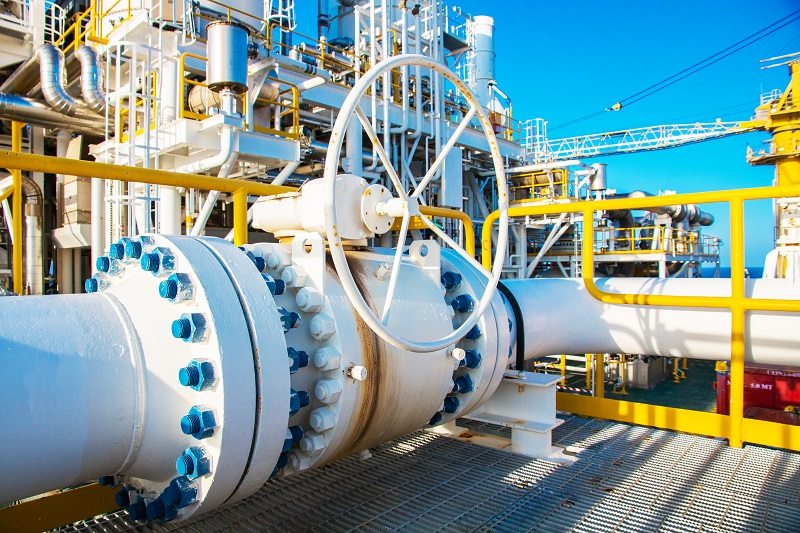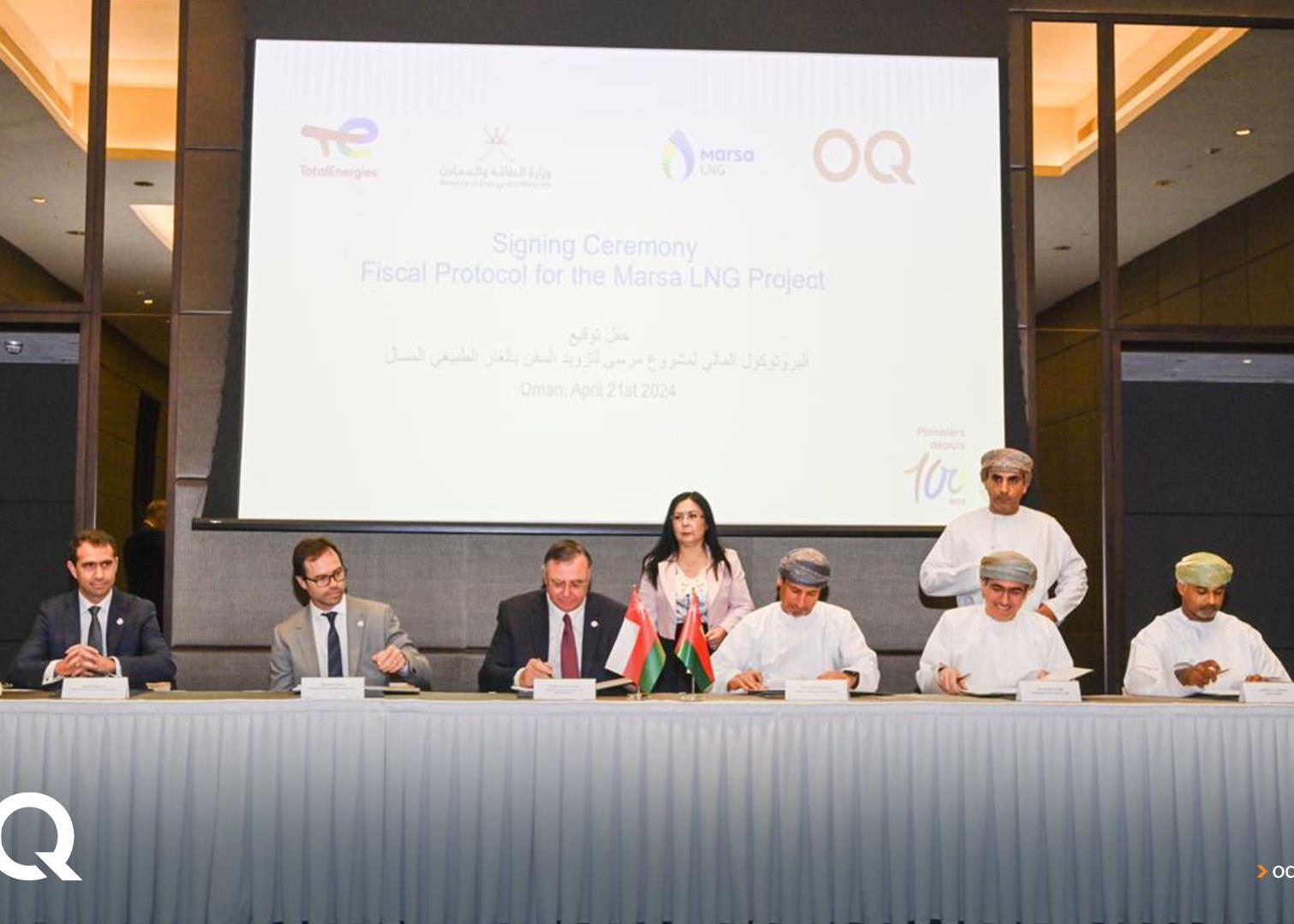

Kuwait Oil Company (KOC) has decided to retender the contract to build a gas sweetening facility in West Kuwait, according to industry sources.
Kuwait-based Spetco International Petroleum had submitted the lowest bid with a price of KD84m ($277m) and it was expected that the contract would be signed in September.
The firm has not provided contractors with a reason why the tendering process was cancelled, but have asked them to express interest in the new tender.
Just two companies submitted commercial bids out of 29 that prequalified.
“None of the contractors really know why the project is being retendered,” said one source. “It could be because the lowest bid came in above the project’s budget.”
It is not known if there will be changes to the scope when the project is retendered. The original contract consisted of two portions: the gas facility itself and a sulphur recovery unit (SRU). Although the two parts were being tendered under a single contract, they used different project financing models.
The gas sweetening facility was due to be built using the engineering, procurement and construction (EPC) model, and the SRU would use the build, own and operate (BOO) model.
According to planned scope, the facility was to be built to deliver 120 million standard cubic feet a day (MMSCFD) of sweet gas using sour gas streams from upstream processing units, with a varied hydrogen sulphide concentration of 4 per cent (mole) and carbon dioxide of 10 per cent (mole).
It was due to be installed at Booster Station BS-171 West Kuwait and built as an amine solvent-based gas treating unit.
Amine gas treating, also known as amine scrubbing, refers to a group of processes that use aqueous solutions of various alkylamines (commonly referred to simply as amines) to remove the acid gases and other toxic contaminants from raw sour gas streams.
The facility was due to consist of two identical gas processing trains, each with a capacity of 60 million stand cubic feet a day (SCFD). It would have been fed by raw sour gas contaminated with heavy hydrocarbons, suspended solids (in the form of black powder), salt water, compressor lube oils and pipeline treating chemicals.
This would have been cooled to a lower temperature to remove hydrocarbon liquids and then passed through a suitable pre-treatment system. The gas sweetening facility was designed for zero flaring.
KOC had stipulated that the winner of the contract would be required to develop a gas dispersion flaring model based on simulation results, capacity and tum-down, using a quantitative reliability assessment.
The contractor would have been required to provide tie-in facilities for the two SRU trains. They would also be responsible for the procurement, supply, installation, construction, testing, pre-commissioning, commissioning and performance testing of the SRU and associated piping. Each train would have had the capacity to handle 100 metric tons a day (TPD) of molten sulphur.
| This article has been unlocked to allow non-subscribers to sample MEED’s content. MEED provides exclusive news, data and analysis on the Middle East every day. For access to MEED’s Middle East business intelligence, subscribe here |
You might also like...

Contractors win Oman Etihad Rail packages
23 April 2024

Saudi market returns to growth
23 April 2024

Middle East contract awards: March 2024
23 April 2024

Swiss developer appoints Helvetia residences contractor
23 April 2024
A MEED Subscription...
Subscribe or upgrade your current MEED.com package to support your strategic planning with the MENA region’s best source of business information. Proceed to our online shop below to find out more about the features in each package.






